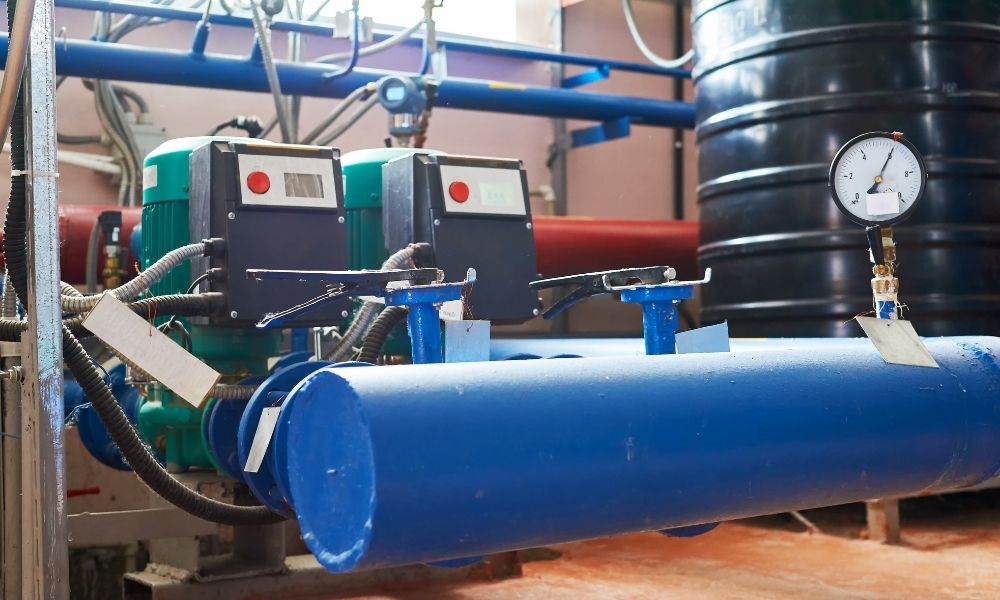Ensure that your frequency converter is running as efficiently as possible. Follow these simple tips for cleaning and maintaining frequency converters. Also, prevent the occurrence of a malfunction that needs fixing in the future. Be sure to read directions from the frequency converter manufacturer to ensure you use the proper cleaning techniques.
Step 1
Turn off the power to your converter. Wait four to five minutes or until the frequency display panel lights turn off. Waiting allows the main circuit DC filter capacitor to discharge. Now, take a measurement with a multimeter to confirm it has discharged before you proceed.
Step 2
Detach the main circuit from the converter along with the control board. Clean both the board and internal IGBT modules. It’s best to clean inputs and outputs with a dust cleaner and brush. A cotton swab with alcohol will help clean dirty crevices.
Step 3
Ensure the inner wire insulating doesn’t show any signs of corrosion, discoloration, or overheating. If it does, replace it as soon as possible. Don’t overlook this important but simple tip for cleaning and maintaining frequency converters.
Step 4
When a converter vibrates, it can result in a few variables that you need to address. The vibration can loosen some screws. Therefore, you must tighten all existing screws and double-check that there aren’t any missing. If there are, replace them. Temperature changes can cause screw stripping to wear down as it expands and shrinks over time. Inspect tight screws to ensure the stripping is still healthy.
Step 5
Check for swelling, cracking, or leaks within the intermediate circuit filter electrolytic capacitor safe valve. This filter capacitor has a typical life of five years. Inspect this valve at least once per year. If the capacity drops below 80 percent, you’ll need to replace it.
Step 6
A cooling fan has a life of two to three years. If there are abnormal sounds, investigate and replace the fan. Check that the insulation resistance is in a normal range as well. Keep in mind that you should not use a megger to measure the circuit board.
Step 7
Measure the insulation resistance between phase conductors and ground terminals. Do so by disconnecting all terminals with power supplies and terminals with motor cables. Ensure these are at normal values and no higher than 1MΩ. If it’s at a normal value, run the motor with no load for several minutes and double-check the motor rotation direction.
